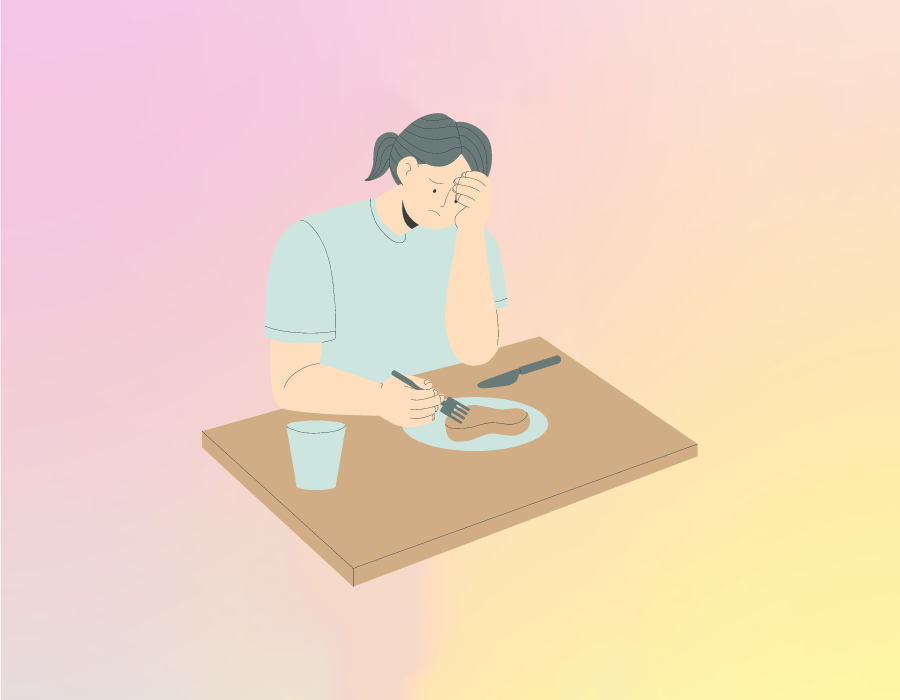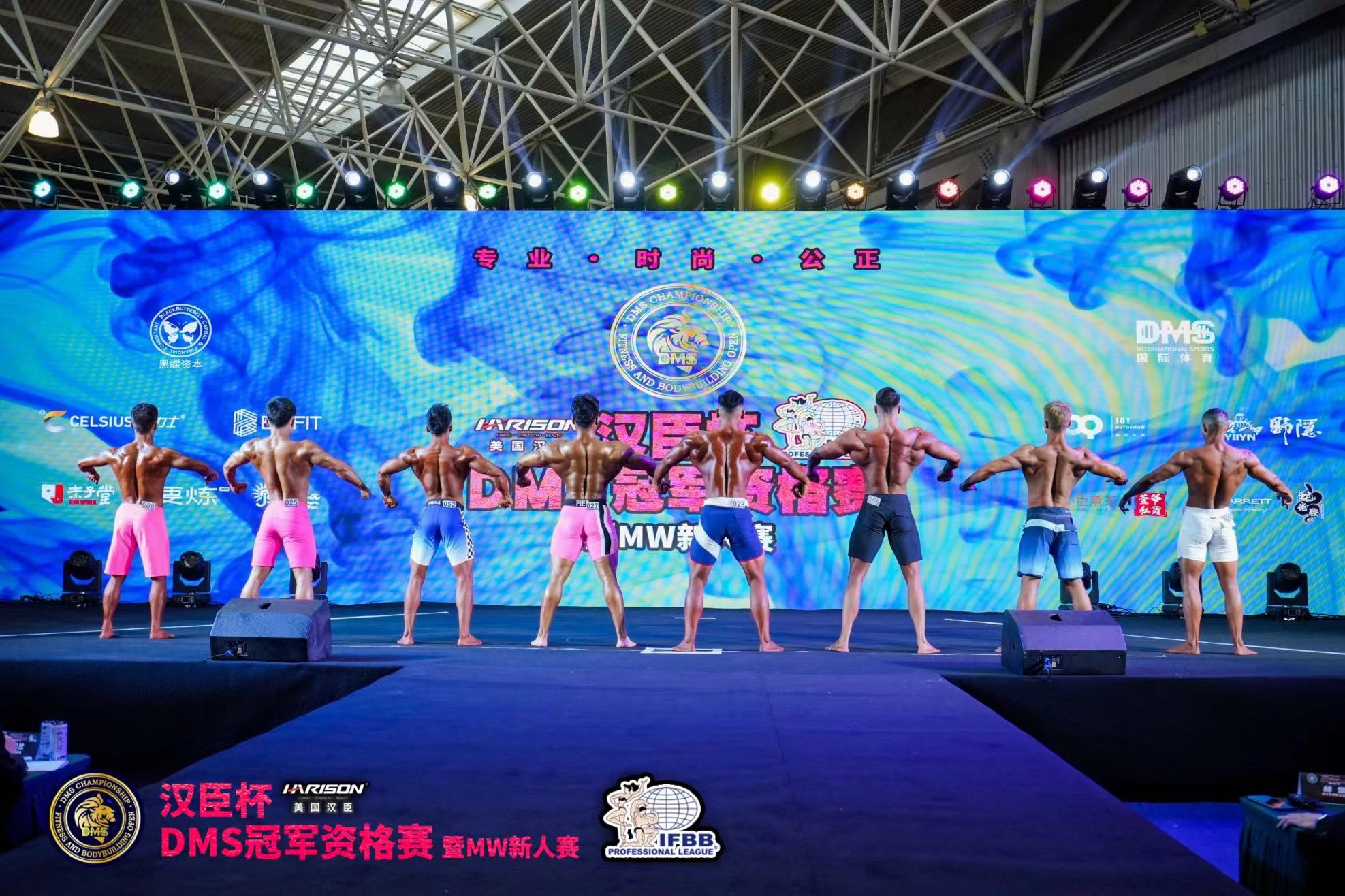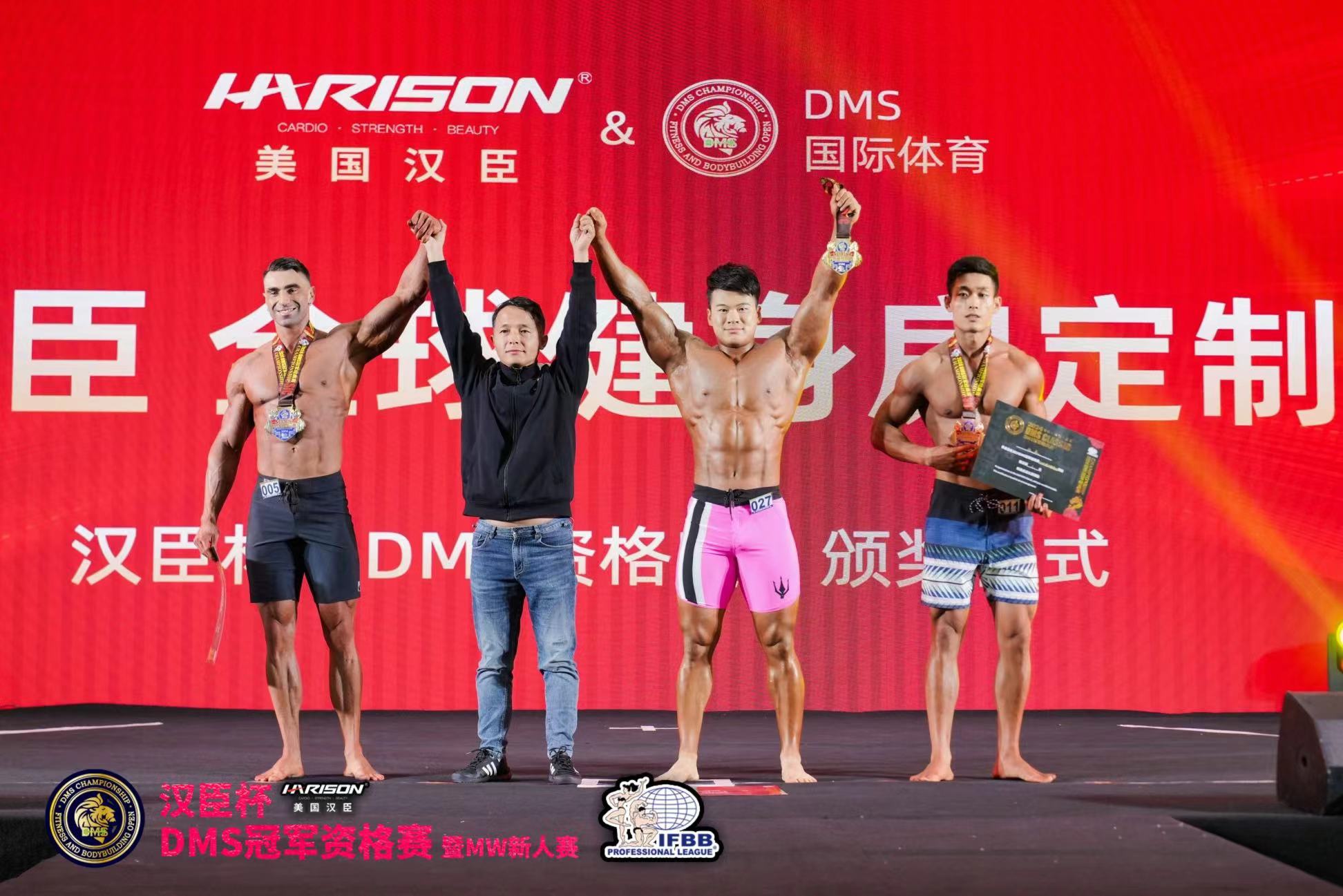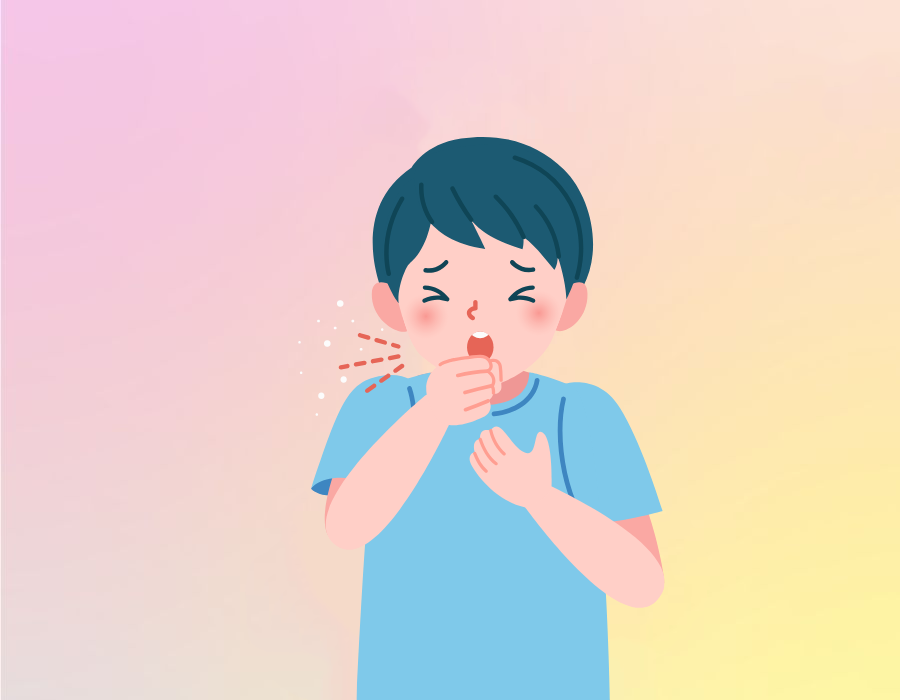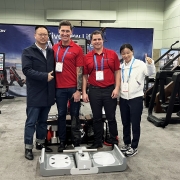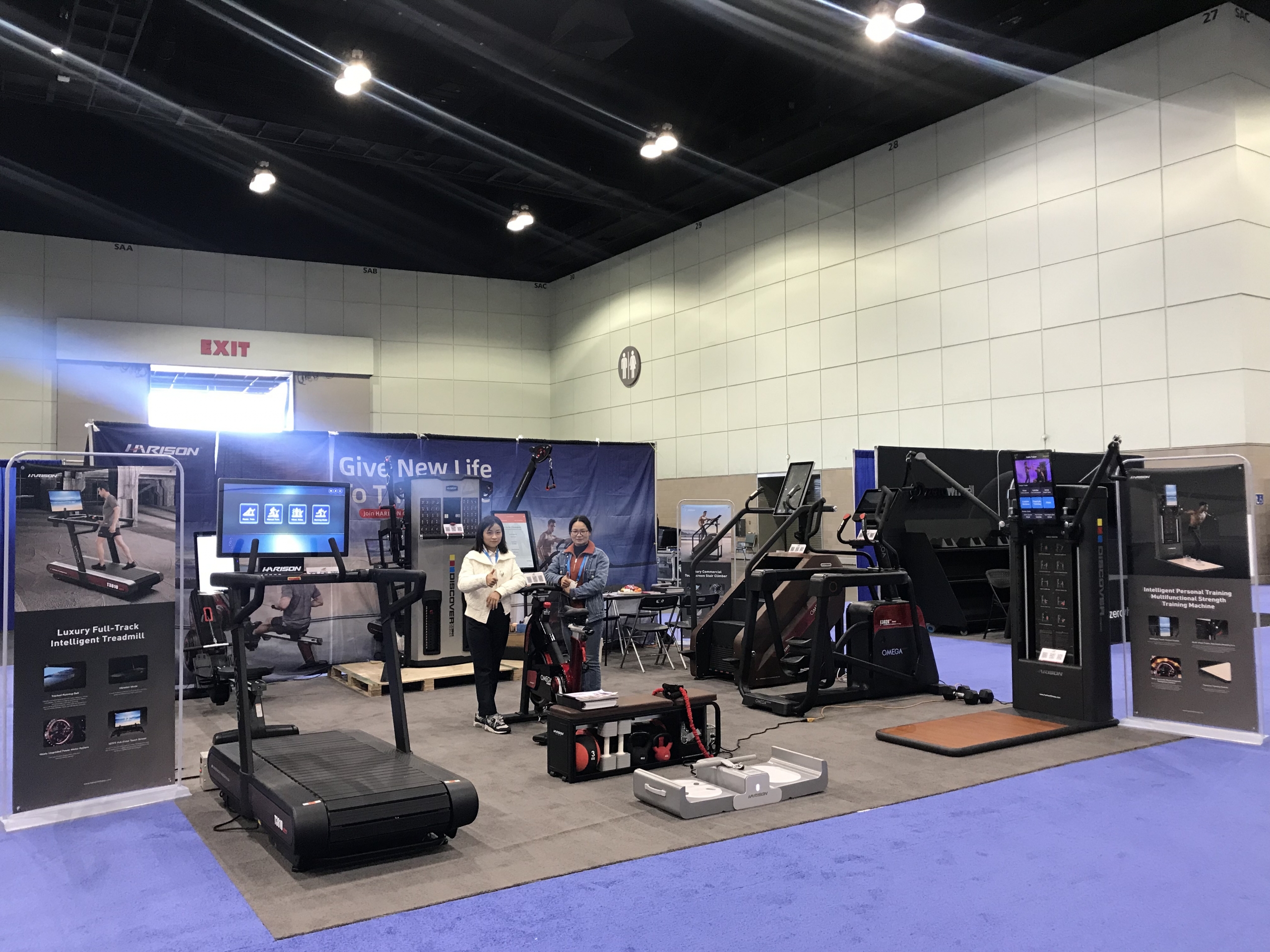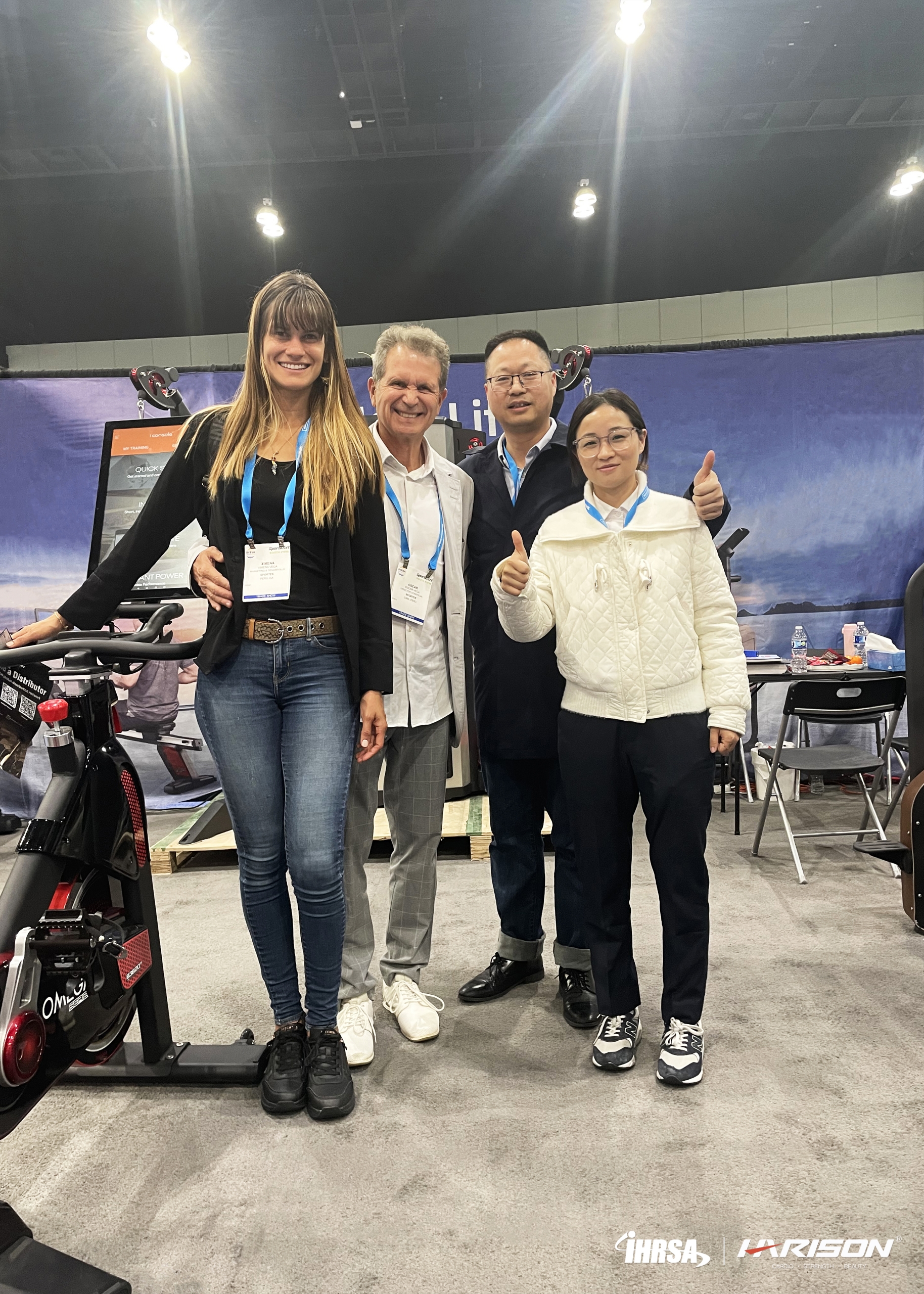Get moving and say goodbye to postpartum venous thrombosis
If you have any queries or suggestions, please feel free to reach out via email to info@harisonfitness.com. We will do everything in our capacity to ensure that you love your experience with us.
After the 10th month of pregnancy, you enter the traditional Chinese period of menstruation. One of the most common phrases you hear during the menstruation period is that this is the only chance you have in your life to change your physique, so be sure to get plenty of rest, don’t get out of bed, and lie still. Unbeknownst to you, there is a disease that is creeping up on you – postpartum venous thrombosis.
01Causes and symptoms of venous thrombosis
After getting venous thrombosis, many moms sometimes find that their heart beats suddenly faster, the localized skin on their legs is pale or bruised, and some parts of their legs are painful to touch and hot and swollen. This is because mothers are sedentary and bedridden for a long time, which reduces the amount of movement and slows down the blood flow, causing blood to pool into clots in the veins. And once the blood clots in the veins are dislodged and enter the body with the blood circulation, more serious symptoms such as pulmonary embolism can occur, seriously jeopardizing the health of mothers! Some moms may even experience swelling and pain in the lower extremities as a sequela.

02Prevention of venous thrombosis
Preventing postpartum venous thrombosis is actually very easy, and that is by being active early in the postpartum period, which can effectively reduce the risk of venous thrombosis. Mothers who give birth naturally can get out of bed soon if there are no tears, side cuts or other complications. Here are some exercises for mothers who have given birth on time to help them prevent venous thrombosis.
Walking slowly
Mothers who have had a normal delivery can get out of bed soon if there are no complications. You can walk slowly along the room holding the wall, the time can be more than 5 minutes, depending on the physical condition, do not force. Time: 3 hours after delivery.

Foot exercises
Method: Lie flat on your back (you can also sit) with a book on your heels. Move one foot towards the body to the maximum extent while the other foot moves away from the body, hold for 3 seconds, alternating with the other foot. 2 times a day, 10 minutes each time. Key: calf and thigh straight, heel can not pad book at first. Time: the second day after delivery to start, if the sitting posture has problems can choose to lie down.
Sitting gyro exercise
Methods: Cross-legged, both hands grasp the soles of the feet, slowly clockwise rotation of the body; counterclockwise rotation of the body; each time 10-20 groups. Main points: back straight, after doing can pound legs. Time: start on the third day after delivery, if there is a problem with the sitting position you can choose to lie down.
There is no big problem as soon as possible after delivery, if the movement has no effect, you can go to the hospital for the appropriate examination, under the guidance of the doctor to wear varicose vein socks and so on. Don’t worry, vein thrombosis is actually very good to prevent, move, and vein thrombosis say bye-bye.



